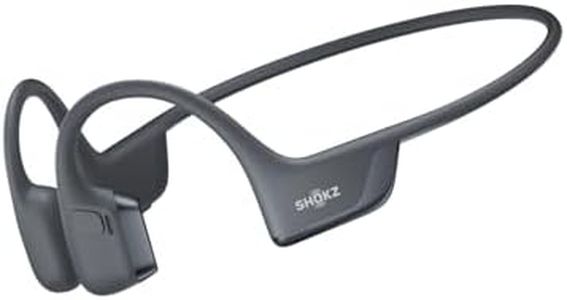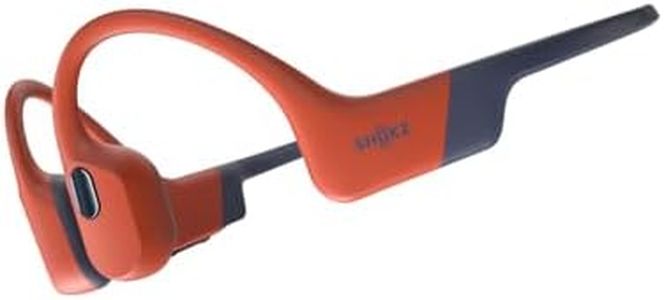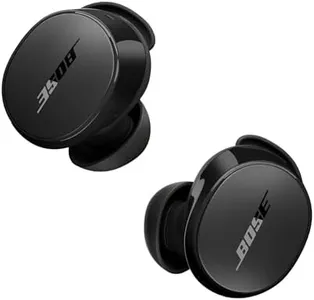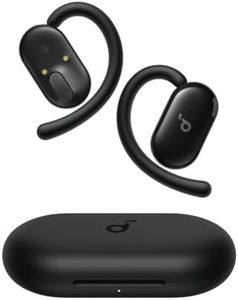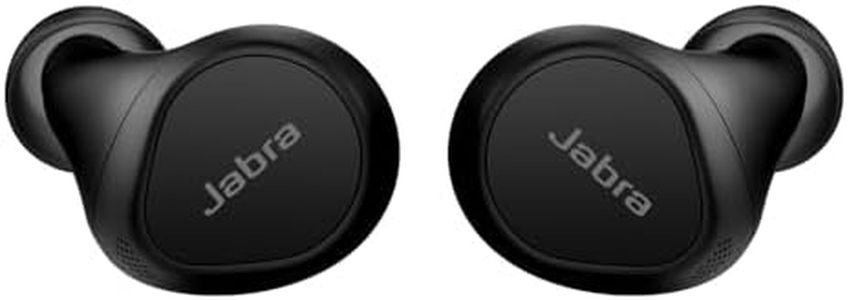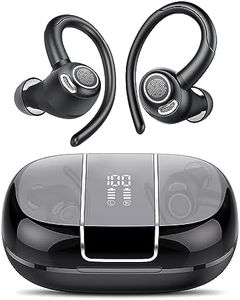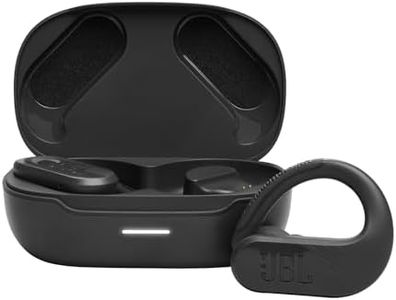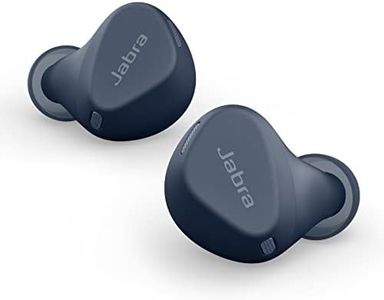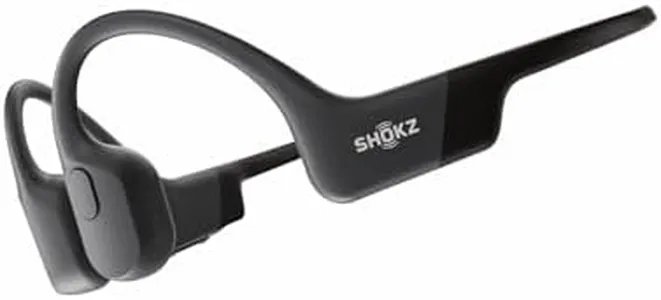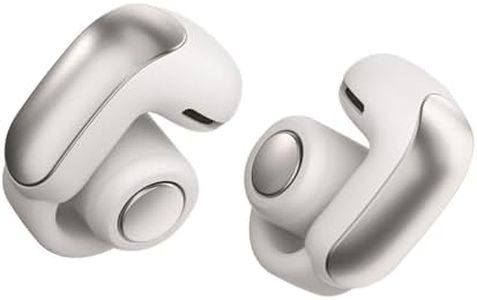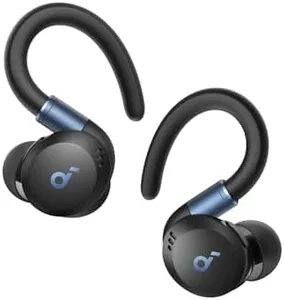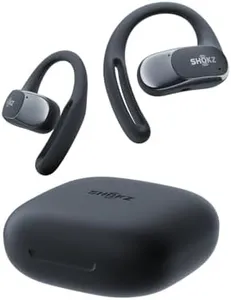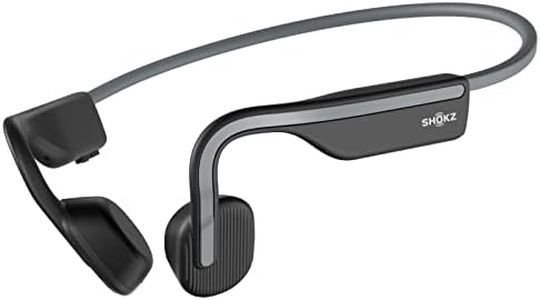We Use CookiesWe use cookies to enhance the security, performance,
functionality and for analytical and promotional activities. By continuing to browse this site you
are agreeing to our privacy policy
10 Best Running Headphones
From leading brands and best sellers available on the web.By clicking on a link to a third party's website, log data is shared with that third party.
Buying Guide for the Best Running Headphones
Choosing the right running headphones is important for both comfort and performance during your workouts. The best pair will allow you to focus on your activity, stay motivated, and remain safe in your environment. Rather than looking for the fanciest option, you should think carefully about your running habits, where you run, and what features would make your runs more enjoyable and convenient.Fit and ComfortFit and comfort refer to how well the headphones sit in or on your ears and how comfortable they feel over long periods. This is crucial because ill-fitting headphones can cause discomfort, fall out, or distract you during your run. There are generally three types: in-ear, on-ear, and over-ear. In-ear headphones (earbuds) are most popular for runners due to their light weight and secure fit, sometimes enhanced by ear hooks or wings. On-ear and over-ear may provide better sound but can be heavier and less stable. If you run long distances or have sensitive ears, lightweight and adjustable options tend to be best. Try different styles to see which feels stable yet unobtrusive during movement.
Water and Sweat ResistanceWater and sweat resistance describes how well the headphones can handle exposure to moisture. For runners, this is important because headphones will inevitably come into contact with sweat or rain. Headphones are often rated with an IP (Ingress Protection) number, like IPX4, IPX7, etc. Lower ratings (IPX4) can tolerate splashes and sweat, while higher ratings (IPX7) can handle being submerged briefly. If you run in all weather conditions, look for higher resistance. For typical indoor or dry-weather runs, basic sweat-resistance will usually suffice.
Battery LifeBattery life tells you how long the headphones will last before needing to be recharged. This matters more if you often run long distances or dislike frequent charging. Some headphones last 5-8 hours on a single charge, while others, especially those with a charging case, can have 20+ hours total listening time. If you only go out for short runs, lower battery life is fine; for marathon runners or forgetful chargers, longer life is a better fit.
Stability and SecurityStability and security refer to how reliably the headphones stay in place, even with lots of movement. This is key to enjoying your run without repeatedly adjusting or chasing after headphones that fall out. Some designs use ear hooks, fins, or wings for extra hold, while bone conduction types rest on your cheekbones and don't go inside the ear at all. If you run on trails, sprint, or have trouble with buds falling out, look for added stability features.
Sound Awareness / Ambient ModeSound awareness or ambient mode lets you hear your surroundings, which is important for safety, especially if you run in busy areas or near traffic. Some headphones offer an ambient or transparency mode so you can listen to music but still hear noises like cars or announcements. Bone conduction headphones are naturally open and offer maximum awareness. If road safety or staying aware of your environment is important to you, prioritize options that let you hear ambient sounds.
Connectivity (Wireless/Bluetooth)Connectivity refers to whether the headphones use wires, Bluetooth, or other wireless technology to connect to your device. Bluetooth headphones, especially true wireless ones with no wires at all, are popular for running because they reduce tangles and bulk. Some wired models can still be convenient if you prefer no battery hassles, but may get in the way. Choose Bluetooth versions that support stable connections and fast pairing. If you listen to music from your phone or smartwatch, ensure compatibility and ease of use.
Controls and AccessibilityControls and accessibility describe how easily you can manage playback (like pausing, skipping tracks, adjusting volume) without stopping your run. Some headphones have touch-sensitive surfaces or physical buttons; others might use voice controls. For running, intuitive and responsive controls help you stay focused without fumbling. If you like making quick adjustments on the go, look for headphones with easy-to-use controls positioned where you can reach them while moving.
